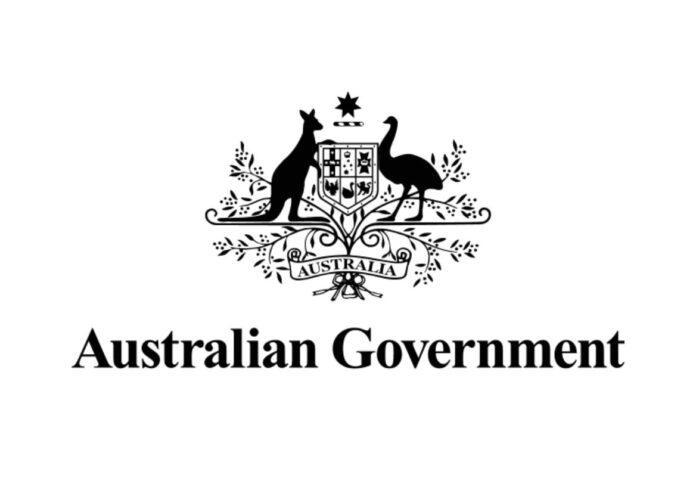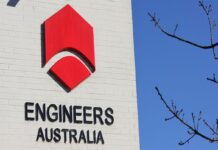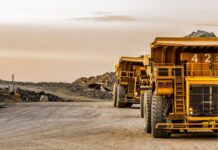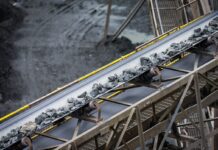
The Australian Government is taking a step towards inclusivity in energy planning by releasing a consultation paper that seeks input from First Nations communities for the development of Australia’s First Nations Clean Energy Strategy.
Building on a series of six roundtables conducted over the past eight months and insights from the First Nations Clean Energy and Emissions Reduction Advisory Committee, the consultation paper aims to shape a strategy developed in collaboration with Indigenous Australians.
The primary objective is to stimulate investment, foster cooperation, and bring enduring benefits to Indigenous communities throughout the country, the government said in a media release.
In the initial phase of involvement, specific priorities emerged, emphasising the importance of ensuring that First Nations Australians have access to dependable and cost-effective energy, regardless of their geographical location.
Additionally, there was a focus on prioritising access to skills and workforce development to facilitate meaningful economic engagement and create business prospects for First Nations communities.
Practical support measures were also identified to establish equitable partnerships for First Nations individuals in the ongoing transformation.
The overarching strategy aims to enhance access to cleaner and more affordable energy for Indigenous households, reduce diesel usage, promote cost-effective financing options, and foster increased skilled employment opportunities in remote areas.
Minister for Climate Change and Energy Chris Bowen conveyed that Indigenous Australians play a vital role in the clean energy transformation.
“Indigenous Australians are important partners in the clean energy transformation, and they deserve access to cleaner cheaper energy – and energy security,” Minister Bowen said.
He added, “By providing the opportunities for First Nations communities to share their perspectives, government and industry are better equipped to ensure the First Nations Clean Energy Strategy delivers for Indigenous Australians”.
Minister for Indigenous Australians Linda Burney underscored the government’s commitment to ensuring First Nations people actively participate in shaping the nation’s energy future.
She stated, “First Nations people have strong local and cultural knowledge, including management of Country, and this can and should inform how Australia transforms its energy systems to achieve net zero by 2050.”
Dr Kate George, member and co-lead of the First Nations Clean Energy and Emissions Reduction Advisory Committee, stressed the importance of creating an authentic First Nations Clean Energy Strategy and enhancing collaboration with government and industry sectors.
According to her, this is fundamental to garnering support for Australia’s unique and significant clean energy transformation.
Responses to the consultation paper can be submitted through the Department of Climate Change, Energy, the Environment, and Water’s Consultation Hub link.
In parallel efforts, the government is actively partnering with First Nations Australians to enhance access to more affordable and cleaner energy.
An investment of $83.8 million has been allocated to the First Nations Community Microgrids program, which supports the deployment of microgrids in these communities to improve energy affordability, reliability, and emissions reduction.
Furthermore, a commitment of $2 million has been made to assist First Nations communities in engaging with hydrogen project developers through the Hydrogen Headstart program.


















